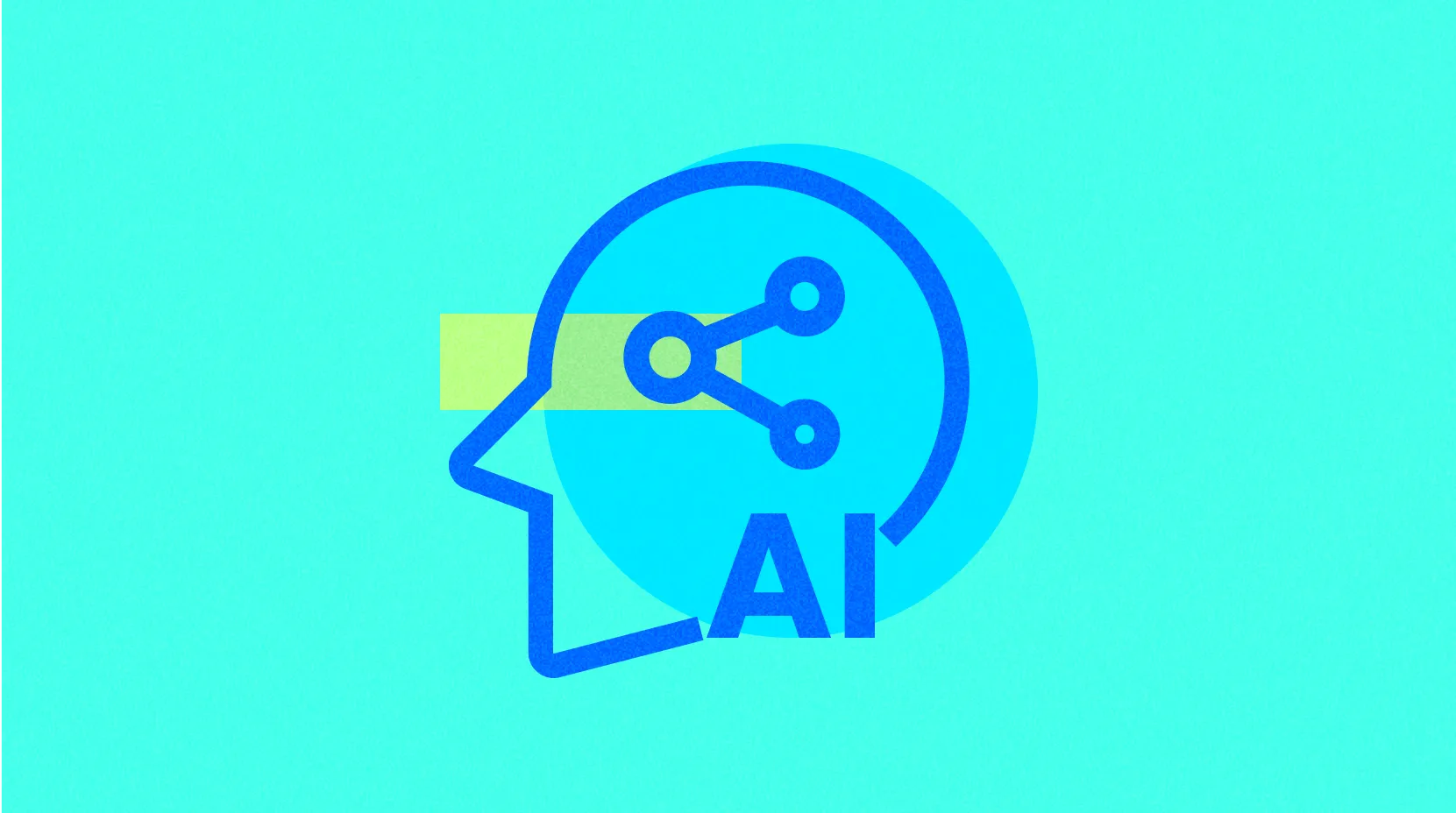Blockchain Definition

Blockchain is a distributed database or ledger technology that records and stores transaction information through a series of data structures called "blocks," which are cryptographically linked to form an immutable chain of data. As a decentralized digital ledger, blockchain technology allows multiple parties to maintain and verify the integrity of transaction records without the need to trust a central authority. The core value of blockchain lies in providing a transparent, secure system that cannot be unilaterally modified, laying the foundation for digital asset transactions, smart contracts, and other application scenarios.
Blockchain technology originated from a white paper on Bitcoin published in 2008 by a person or group using the pseudonym Satoshi Nakamoto. This white paper proposed a peer-to-peer electronic cash system, utilizing blockchain as the underlying technology to solve the double-spending problem in digital currencies. Although blockchain was initially designed to support Bitcoin, it has evolved over time into an independent field of innovation, expanding from its original single application to multiple industries including financial services, supply chain management, identity verification, medical records, and digital governance.
The working mechanism of blockchain is based on a combination of technologies, including distributed systems, consensus mechanisms, cryptographic hashing, and digital signatures. When transactions are submitted to the network, nodes verify their validity and then package these transactions into blocks. Each block contains the hash value of the previous block, ensuring the immutability of the historical record through this chain structure. Blockchain networks use different types of consensus algorithms (such as Proof of Work, Proof of Stake) to determine which node has the right to add the next block, and once a block is added to the chain, modifying past transactions becomes extremely difficult as it would require controlling a majority of nodes in the network and recalculating the hash values of all subsequent blocks.
Despite its immense potential, blockchain technology still faces numerous challenges and risks. The first is the scalability issue—many existing blockchain systems are inefficient when processing high transaction volumes. Second is regulatory uncertainty, as regulatory positions on blockchain technology and crypto assets vary globally and continue to evolve. Additionally, while blockchain itself is relatively secure, applications and smart contracts built on blockchain may contain security vulnerabilities leading to financial losses. Energy consumption is also an important consideration, especially for blockchains using Proof of Work consensus mechanisms. Finally, the threshold for ordinary users to adopt blockchain technology remains high, and user-friendly interfaces and education still need strengthening.
The importance of blockchain technology lies not only in its technical innovation but also in how it redefines trust mechanisms in the digital world. By replacing traditional intermediaries with mathematical and cryptographic algorithms, blockchain achieves decentralized transaction confirmation and record-keeping. This paradigm shift provides new infrastructure for the digital economy, potentially reducing costs, improving efficiency, enhancing transparency, and offering the possibility of financial services to billions of unbanked people worldwide. As the technology matures and practical applications deepen, blockchain is expected to continue driving innovation in business models and forms of social organization, becoming a key infrastructure in the digital age.
Share
Related Articles

Solana Need L2s And Appchains?

The Future of Cross-Chain Bridges: Full-Chain Interoperability Becomes Inevitable, Liquidity Bridges Will Decline
